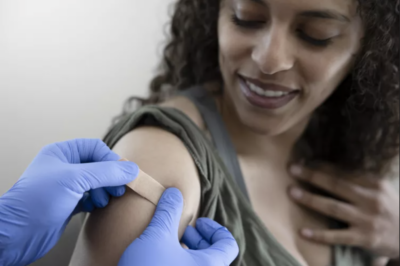 We love cinnamon. We just made some cinnamon French toast the other day and it was fantastic. Cinnamon can be a great component of so many delicious recipes, especially in the fall. No wonder it is a staple in so many of kitchens. Cinnamon also has tremendous health and anti-inflammatory benefits. But new research shows that some brands of ground cinnamon contain unacceptable levels of lead, some provide “acceptable levels of lead”, while a third group is rated most safe.
We love cinnamon. We just made some cinnamon French toast the other day and it was fantastic. Cinnamon can be a great component of so many delicious recipes, especially in the fall. No wonder it is a staple in so many of kitchens. Cinnamon also has tremendous health and anti-inflammatory benefits. But new research shows that some brands of ground cinnamon contain unacceptable levels of lead, some provide “acceptable levels of lead”, while a third group is rated most safe.
It’s always surprising to learn that items purchased at a grocery store can have any unsafe levels of ingredients. In the case of cinnamon, Consumer Reports says that the cinnamon with the highest levels of lead tend to come from smaller brands and stores. You can see the whole list of the brands you want to avoid, plus a lot more information in this article from Food & Wine about cinnamon.
Of the safest brands mentioned, the 365 Whole Foods market brand is the most widely available locally, so we’ll make that our number one pick.
According to Consumer Reports, these were the brands of ground cinnamon deemed best to use:
- 365 Whole Food Market organic ground cinnamon
- Loisa organic cinnamon
- Morton & Bassett San Francisco 100% organic ground cinnamon
- Sadaf cinnamon powder
- 365 Whole Foods Market ground cinnamon
- Sadaf seven spice
Consumer Reports also mention several brands that were not the safest, but were considered OK to use:
- McCormick ground cinnamon (0.23 ppm)
- Simply Organic cinnamon (0.28 ppm)
- Bassett San Francisco ground cinnamon (0.55 ppm)
- Good & Gather ground cinnamon (0.56 ppm)
- Trader Joe organic ground cinnamon (0.69 ppm)
- Great Value ground cinnamon (0.79 ppm)
- Kirkland Signature organic Saigon cinnamon (0.80 ppm)
Now that you’ve got the right cinnamon in your spice rack, here 44 ways you can use it, courtesy of Southern Living.
And as reported by the National Institutes of Health, cinnamon provides you with lots of health benefits.
It is “an antioxidant, anti-inflammatory, antidiabetic, antimicrobial, anticancer, lipid lowering, and cardiovascular disease lowering spice. So, pick up the right brand of cinnamon, and enjoy its delicious flavor and health benefits all year long.
 In the great State of Michigan, we are blessed with an abundance of fresh and tasty produce, especially during the summer. Take advantage of this time of year to help your family discover and love healthy foods and incorporate them into your diet to encourage healthy family eating habits.
In the great State of Michigan, we are blessed with an abundance of fresh and tasty produce, especially during the summer. Take advantage of this time of year to help your family discover and love healthy foods and incorporate them into your diet to encourage healthy family eating habits.





 A rapid RSV test that delivers results in ten minutes is now available at Lakes Urgent Care in
A rapid RSV test that delivers results in ten minutes is now available at Lakes Urgent Care in